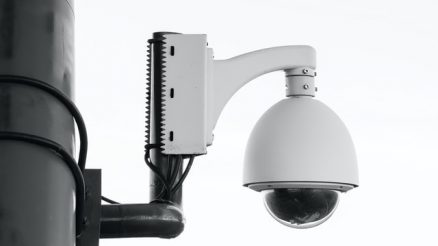When you frequently seek tech support, it indicates that your business requires additional capacity to handle recurring tasks. Whether a consequence of an individual’s fault, a company problem, or a breach, it poses a significant risk to any organization.
Outsourcing IT support, and IT services will not be enough if you do not have standard operating procedures for adopting digital solutions. Here are some best practices to incorporate in your managed IT strategies;
Table of Contents
Invest in Your Internal IT Team
Although you may have the right expertise and technical support, your staff will deal directly with the technology in their daily work. Therefore, investing in your internal team’s capacity to utilize digital tools by providing the necessary resources is prudent.
Whenever adopting new technology or digital strategies, remember to train your staff on IT solutions, which can be sophisticated and hard to comprehend. Also, it helps businesses achieve their objectives, as your workers can get the best results in your digital transformation initiatives if they understand it.
Good Communication
Delivering IT services effectively depends on effective communication. MSPs should create open lines of contact with consumers and give regular reports on problems, modifications, industry trends, and other IT-related initiatives should be given by IT teams. The communication should be straight to the point, brief, and timely.
Continuous Improvement
Delivering IT services effectively requires ongoing development. IT teams should regularly review the quality of service using KPIs, client comments, and other industry data to identify areas for improvement. Your IT department can use the information to develop objectives and projects to improve your business operations.
MSPs undertake frequent system evaluation to determine risk factors and take measures to prevent them before it escalates.
Utilize Digital Tools
IT teams may manage IT services and support procedures using digital tools for tracking problems, optimizing processes, improving service delivery, and other elements of IT service management. A centralized system allows real-time information sharing, supports repetitive task automation across departments, and facilitates improved stakeholder communication. Also, ITSM solutions assist IT teams in improving customer service.
Create a Change Management Plan
A change management procedure is a crucial part of providing IT services. It is vital to have a systematic plan for IT services implementation since it impacts those who use them. The procedures for seeking, authorizing, evaluating, and implementing innovations should be laid out in a change management plan while ensuring proper communication about modifications in the work environment.
Prompt IT Problems Resolution
A prompt response should be the minimum expectation of MSPs when you are facing IT-related issues. Experienced and skilled personnel to handle it effectively to prevent downtime in system operations which affects business revenue.
Apart from response times being quick, it would be best if you got a suitable skill set to do the job. IT support and IT services providers use a cloud-based program to monitor systems and identify impending challenges. Sometimes they can undertake repair or maintenance tasks remotely, and in other instances, send technicians to your location immediately.



